-
Welcome to Tacoma World!
You are currently viewing as a guest! To get full-access, you need to register for a FREE account.
As a registered member, you’ll be able to:- Participate in all Tacoma discussion topics
- Communicate privately with other Tacoma owners from around the world
- Post your own photos in our Members Gallery
- Access all special features of the site
Ice down shifting
Discussion in '2nd Gen. Tacomas (2005-2015)' started by magnum922, Jan 24, 2016.
Page 2 of 2
Page 2 of 2


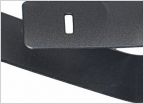 Just bought an passport 9500ix radar detector
Just bought an passport 9500ix radar detector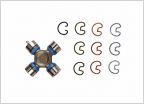 '06 2WD PreRunner with no zerks
'06 2WD PreRunner with no zerks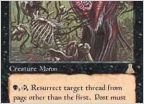 4x4 conversion
4x4 conversion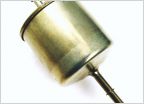 URD Fuel Filter for Pump Upgrade Kits
URD Fuel Filter for Pump Upgrade Kits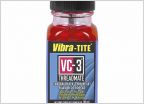 Drivers side mirror become loose.
Drivers side mirror become loose.












































































